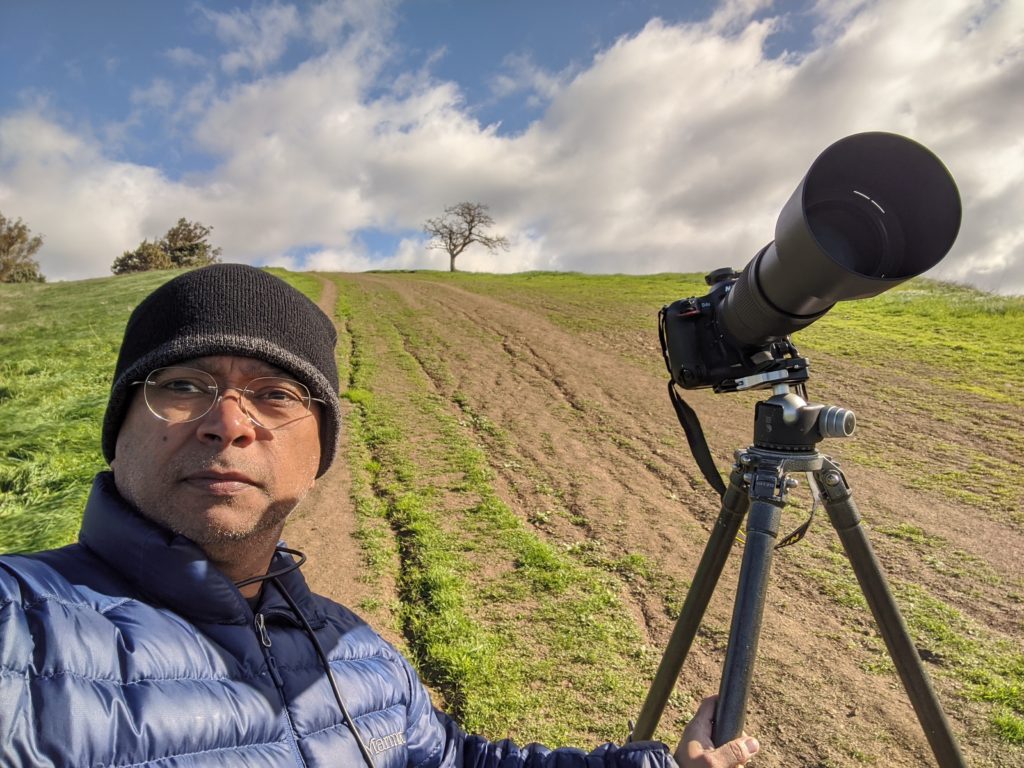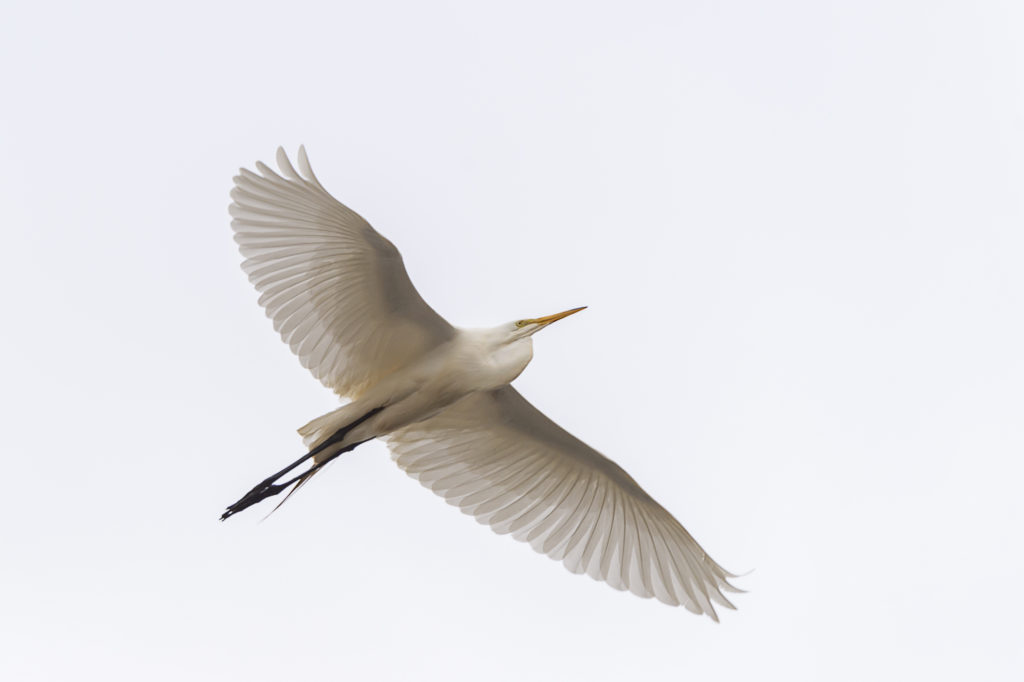This is a very common question from beginners. To many of them, the answer is not simple due to the large number of options available in the market today. Let me see if I can simplify and provide a simple path for beginners.
As a photography coach, I have trained hundreds of beginners from all over California and have talked to other photographers from all over the world. More than 95% of them use either a Nikon or a Canon DSLR. While any DSLR camera made today is capable of fine images, these two camera makers offer a full suite of lenses and accessory choices. Is one better than the other? In my opinion, no. They are both good, so pick one and stick with it.
You have a few more decisions to make. Even within the Nikon and Canon camera lines, there are many choices. How does one boil down to a particular camera body? This requires understanding of the key differences between the consumer, semi-professional and the professional camera bodies.
Consumer Camera Bodies – These are obviously the entry level bodies that are inexpensive. For most people, the image quality possible with these cameras are more than sufficient. I have seen National Geographic Photography competition winning images made with a Nikon D3200. Consider these, if budget is tight. The Nikon consumer bodies at the time of this posting are: D3200, D90, D5300 and D7100. The Canon consumer bodies at the time of this posting are: EOS Rebel T3i, T4i and T5i. These bodies may be purchased for about $ 1000 or less.
Semi-Professional Bodies – These cost more in the $ 1000 – $ 2000 range. What is the extra benefit for paying more money here? Basically, more buttons that perform functions quickly, rather than going into several layers of software menus. For example, in my Nikon D5100, I have to go into software through several layers of menus to change the ISO for a particular shot. In my Nikon D300, I am able to make that change using a dedicated ISO button. It is simply quicker and more efficient to change settings using the semi-professional bodies compared to the consumer bodies. These bodies also offer a larger number of focus areas for your frame. For example, my Nikon D5100 offers only nine points on the screen that can be used to focus the scene, while the Nikon D300 offers me 51 focus points. Can I live with my D5100 and still get the same kind of quality images that I make with my D300? Absolutely, no question about it. Is it a little easier to work in the field with a Nikon D300? Absolutely, without a doubt. Once I am used to a semi-pro body, I find it hard to operate a consumer body that has most functions hidden several layers within the software menu, interfaced through the LCD screen. The semi-professional bodies in the Nikon line at the time of this posting are: D300S and D610. The semi-professional bodies in the Canon line at the time of this posting are: EOS 60D, EOS 60Da and EOS 70D. If you are serious, consider one of these bodies – you can gradually pick up the use of the buttons and features offered, but beware, once you get used to using one of these bodies, it is pretty hard to go back to a consumer body. Again, it is the convenience offered by the various buttons and quick adjustments possible that you are paying for. Not necessarily for image quality. In addition to these qualities, most of these semi-pro bodies come with an all metal construction that results in rugged reliability in the field. I am simplifying here, there are a few other marginal benefits to these semi-pro bodies, but don’t want to get too complicated here.
Professional bodies – these are the top of the line bodies that are impervious to dust, rain and snow. In addition, these bodies come fitted with the highest quality lowest noise sensors and have very high frames per second continuous shooting rates. These bodies are nicely suited for wildlife, sports and night photography. For example, my Nikon D300 body can only go up to ISO 6400, but a Nikon D4 can be extended to ISO 204,800. The professional bodies in the Nikon line are: Nikon D800, D800E, D3x, D4 and Df. The professional bodies in the Canon line are: EOS 7D, 6D, 5D MIII and IDx.
Full frame sensor vs Crop factor sensor – A full frame sensor has the same size as the 35mm film, which was 36mm x 24mm. A crop-factor sensor is usually about 24mm x 16mm. For most beginners, you will not know the difference between these two sensors. Do not go out and buy a new camera just because you have a crop-factor sensor and the new one is full frame. The main limitation comes in wide angle landscape photography, wherein, a 17mm lens appears as 28mm or so, given that the sensor is cropping the image projected by the lens onto the backplane. For beginners, mastering the use of wide angle lenses for landscape photography, takes a while and for the most part, the full frame sensor will not be missed until an advanced skill level is reached. After practicing for eight years and after using my crop-factor camera, the Nikon D300, for five years, I am finally running into the crop-factor sensor limitations. In my widest lens, the 17-35mm, I am often shooting landscapes at 17mm and wish I could go wider. However, in the beginning, it was very difficult for me to compose at 17mm. I would never reach this lower limit and hence going to a full-frame sensor would not have helped me at all.
My recommended sweet spot camera for beginners: Nikon D7100 or Canon EOS 70D. Both these cameras have enough controls as dedicated buttons and yet, they may be purchased for around $ 1000. Once you have used one of these bodies diligently for a few years, you will be able to decide whether to upgrade to a higher level body or not.
CAUTION 1: If you already have a camera body today, please do not go out and buy a new camera based on reading this post. Just use the camera you already own, to its best. Then, have a very clear-cut reason to upgrade. “A new camera is just released. I simply need to buy it” – does not cut it. For example, my position is as follows – “I have used my Nikon D300 camera for five years now. I have made nearly 100,000 images using it. I continue to use it today, but I am limited. I love making night photographs in the street, hand-held. My ISO 6400 is very noisy and many times, it is not sufficient. I need the high ISO capability of a D4. Furthermore, as a landscape photographer, I am constantly running into the limit of 17mm on my widest lens and unable to go wider. I know I can competently use a wider angle than 17mm on my crop-factor lens, and therefore using the same lens on a new D4 with the full frame sensor would do me good. I am an avid wildlife photographer and could use the higher frames per second offered by the D4. Plus the D4 has a built-in vertical grip that will be ergonomically better for my shoulder.” With these reasons, I can justify my next camera purchase, the Nikon D4. However, I have not pulled the trigger yet, because this camera costs $ 6000. In digital photography, you have to be careful on how much you spend!
CAUTION 2: Megapixels is not important – this is the first thing people look at when trying to decide on a camera body. Unless you are a professional fine-art photographer, making poster size prints all the time, megapixels is not important. 99% of the photographers that I have talked to, simply post their images online or enjoy the images on their computer screens. A majority of them have never printed images beyond 8×10. At 300 dpi, an 8×10 image would need 2400×3000 pixels, which is 7.2 megapixels. That is it. I don’t know of one camera that produces an image less then 7.2 megapixels. If you are like most people, enjoying your images on your computer screen or posting online, you will not need more than 2 or 3 megapixels. So, going out of your way to buy a Nikon D800 camera capable of 36 megapixels is sheer waste of money. The only reason you should consider these high megapixel cameras, is if you are a fine art gallery photographer, making a living by selling 24×36 or larger prints.
I am sure you have come across people, taking for ever to make the jump into DSLR photography, because they are still trying to determine which camera to buy. If they are beginners and could use some simple direction, please send them a link to this post.
Thank you.

























